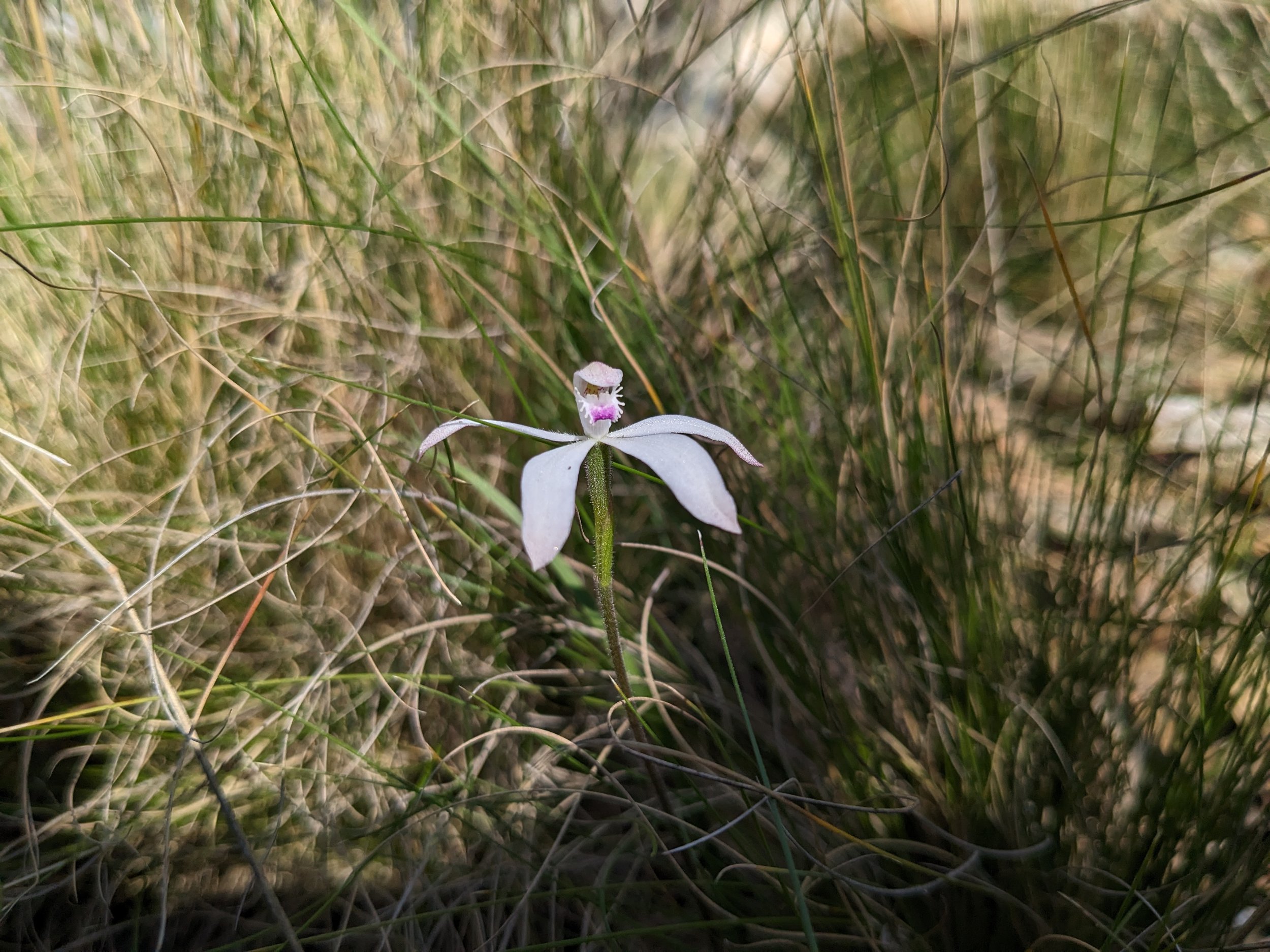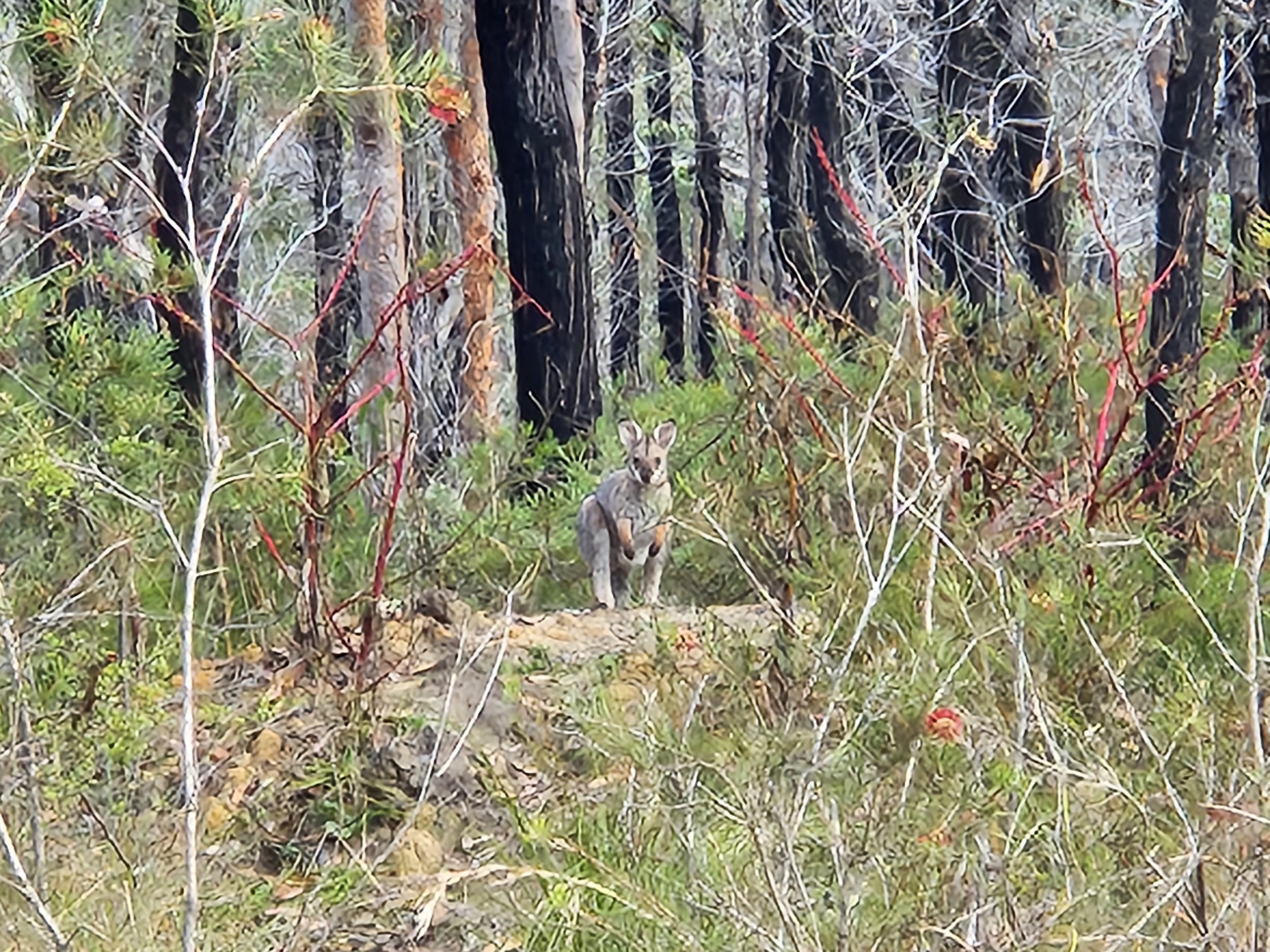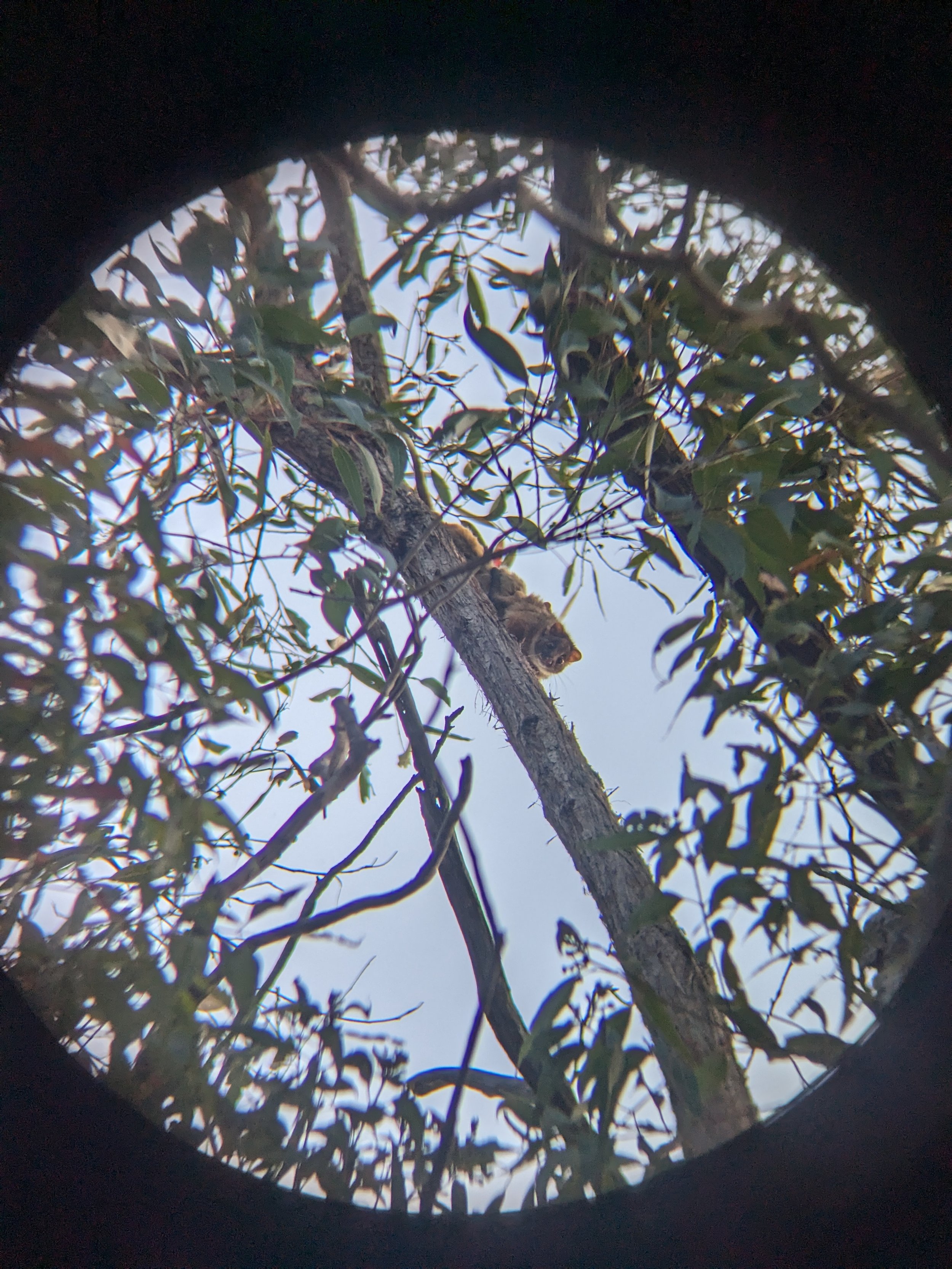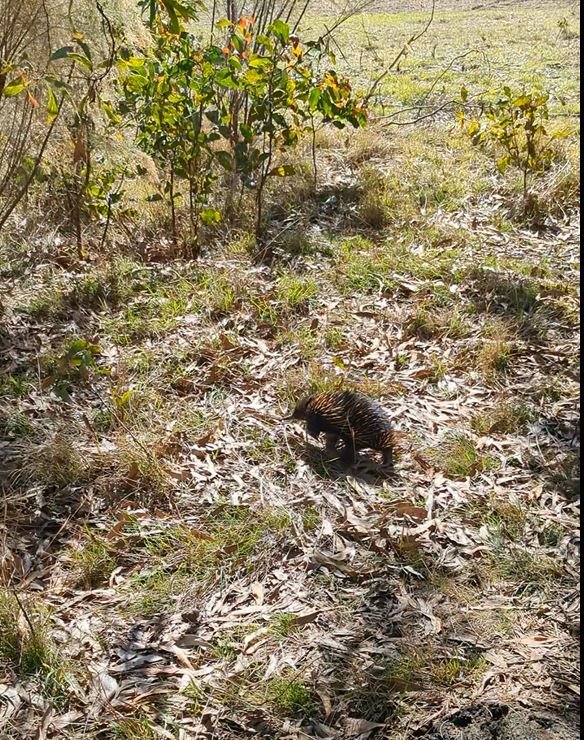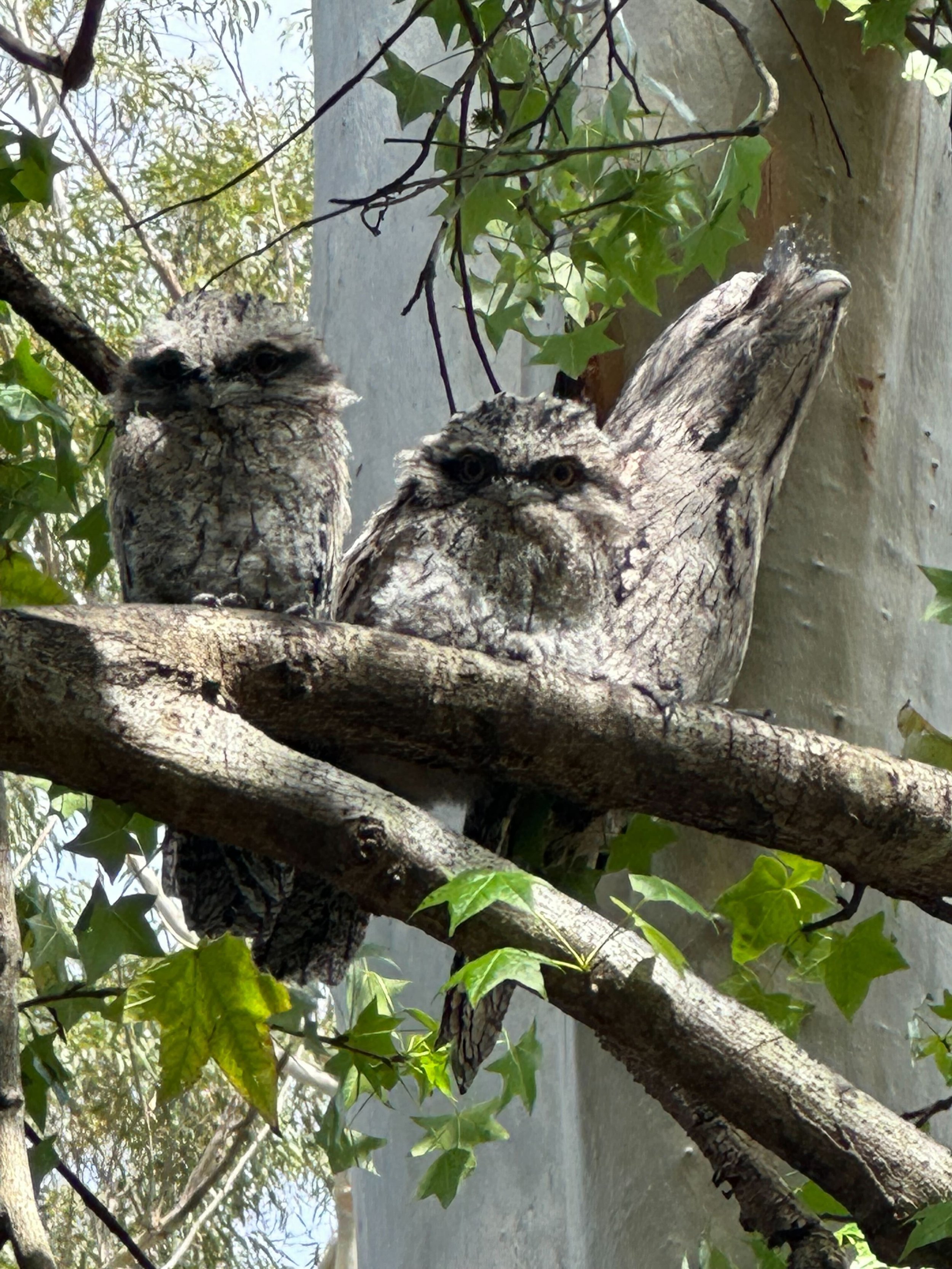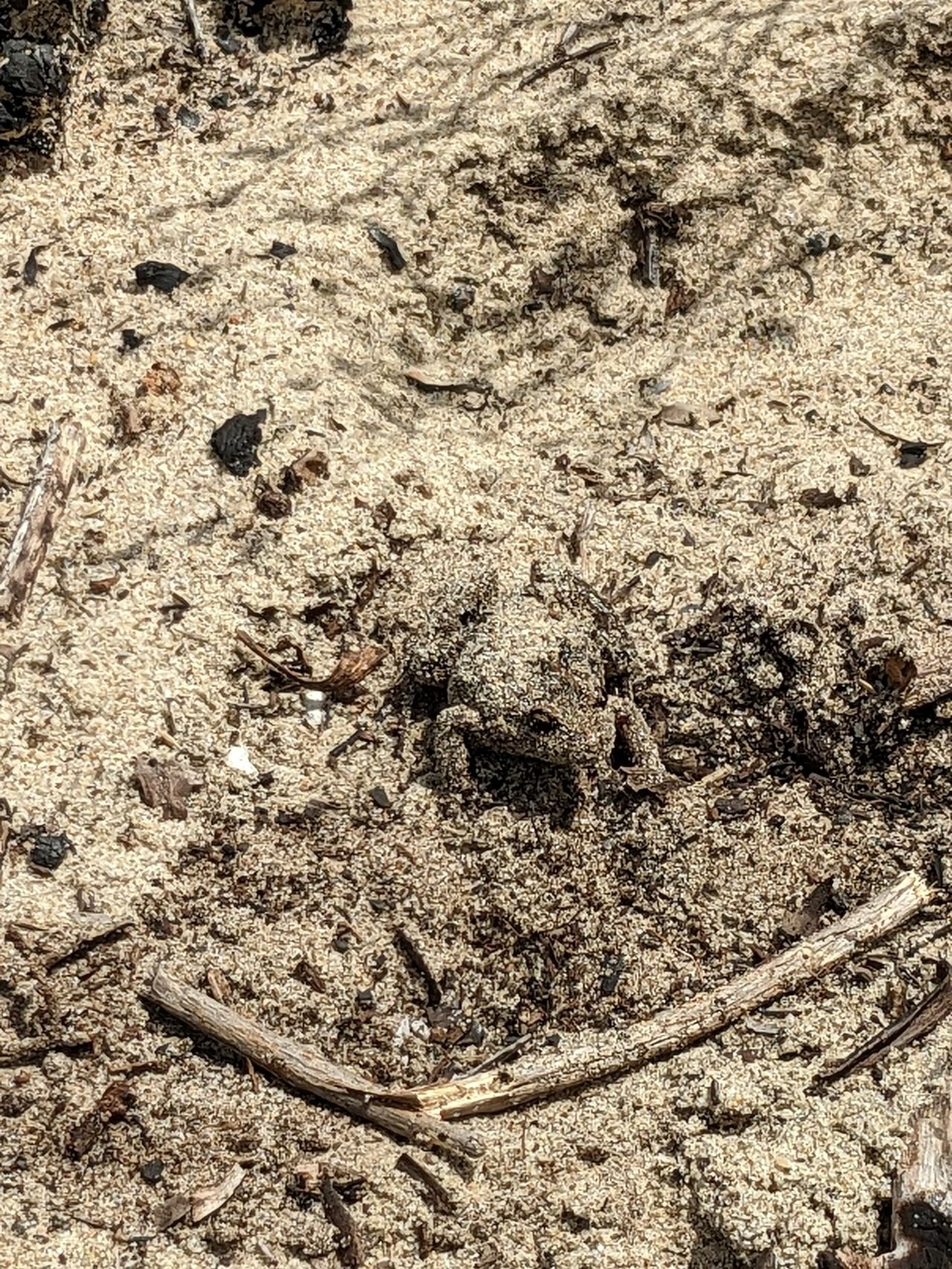Our team at Narla recently collaborated with the NSW National Parks and Wildlife Service (NPWS) on a unique project to assess the ecological and landscape features of the State Heritage-listed Coastal Cabin communities within Royal National Park.
Imagine this: pristine coastlines, breath-taking views, and even a glimpse of whales!
While the scenery was undeniably stunning, the real reward was contributing to the vital ongoing protection of these sensitive NPWS sites, where the valuable data collected will inform future conservation and heritage efforts.
Stewardship Site Monitoring in Baringella
Narla Ecologists have recently spent a few days on a Biodiversity Stewardship Agreement site, setting up monitoring plots for the endangered ecological community River-Flat Eucalypt Forest. It's truly rewarding to work on a site dedicated to the ongoing protection of biodiversity.
The project came with its challenges—quick sand included—but we take it all in our stride, no matter the terrain. We are looking forward to the positive impact this initiative will have on preserving natural heritage.
Local Business Awards Finalist
We are thrilled to announce that Narla has been selected as a finalist for the Local Business Awards in Hornsby Ku-ring-gai! 🎉
This recognition is a testament to the hard work and dedication of our incredible team!
Coolest Photo Competition 2023
Over the back half of 2023, Narla staff have been competing in what we call the "Coolest Photo Competition".
This competition was created to encourage staff to share what may be interesting or "cool" to each individual whilst also showcasing the fascinating things that they have encountered on some of the great project they have participated in throughout 2023.
Targeted Surveys in the Western Riverina
Narla Ecologist Paul, was out last week in the beautiful western Riverina region of south-western NSW conducting targeted flora surveys. Paul was lucky enough to come across two threatened flora species, Brachyscome papillosa and Maireana cheelii which are both state and federally listed.
Paul also never misses an opportunity to capture some stunning shots of the regions local fauna whenever he is out in the field.
Positive signs for Population of Acacia pubescens
Narla ecologists recently had the opportunity to monitor a known population of Acacia pubescens (Downy Wattle) in Western Sydney within areas of Castlereagh Ironbark Forest and Sydney Turpentine Ironbark Forest.
Acacia pubescens is listed as a vulnerable species under both the Biodiversity Conservation Act 2016 (BC Act) and Environment Protection and Biodiversity Conservation Act 1999 (EPBC) due to habitat loss and degradations throughout western Sydney.
This population had shown signs of stress in the past however following high amounts of rainfall in recent times, this monitoring visit revealed promising signs for this population, with healthy plants and new seedlings observed. Populations such as these are important for the ongoing persistence and survival of this species, so it is sensational to be involved in this conservation project.
Gang-gangs in Burra
Narla staff were lucky to discover this beautiful Gang-gang Cockatoo (Callocephalon fimbriatum) sitting outside a potential breeding hollow in Burra NSW whilst conducting an Ecological Constraints Assessment for a client.
Gang-gang Cockatoos are listed as Vulnerable under the NSW Biodiversity Conservation Act 2016 and have been listed in the last year as Endangered under the commonwealths Environment Protection and Biodiversity Act 1999.
Medium to large hollows are extremely important to the survival of this species and luckily our staff were able to identify this strapping male to provide our client with the appropriate advice so that it can be protected into the future.
Hollow Salvage in Western Sydney
Narla was recently engaged to install salvaged hollows at a site on the Cumberland Plain in Western Sydney. The removal of hollows is a key threatening process for a number of threatened hollow-dependent fauna species, so being able to salvage and re-utilise hollows where possible within the same site is an important mitigation measure to minimise these impacts.
The hollows installed, varied in size and will provide valuable habitat for a suite of fauna including small parrots, microbats and other hollow-dwelling mammals.
We will return in a couple of months to conduct monitoring of the hollows to ensure they are still intact and to see if they have begun being utilised.
Narla discovers an extension of the range of the endangered Solanum armourense
Our team of Ecologists were out conducting explorative surveys across 400ha of remnant bushland in NSWs beautiful Southern Highlands. This assessment was conducted to inform our client of the biodiversity values that may be hidden within the large untouched portions of their property.
During the assessment our team uncovered a population of the Endangered Solanum armourense, which was confirmed by the National Herbarium of NSW as an extension of this species range. A great find by the team.
Biodiversity Conservation Act listed endangered species Solanum armourense discovered by Narla Ecologists during targeted surveys in the Southern Highlands.
Targeted Reptile and Amphibian Surveys for Randwick City Council
During the spring months, Narla experienced ecologists were lucky enough to undertake reptile and amphibian surveys throughout the Randwick City Council Local Government Area on behalf of Council to assist in updating local databases for reptiles and amphibians in the area. The goal of the project was to provide Council with data which could assist in the continued management and protection of these species in locality
Randwick LGA has many pockets of remnant and regenerating bushland that provides suitable microhabitat for many reptile and amphibian to utlise. Whilst no threatened species were identified during this round of surveys, Narla ecologists did find plenty of good quality habitat throughout the LGA and managed to observe a large variety of both common and rare lizard (both with and without legs), snake and frog species.
This was a great experience for our team, as we always love the opportunity to assist on projects with the aim to conserve Australia's unique fauna for many generations to come.
Critically Endangered ‘Scrub Turpentine’ population identified near Nowra
Narla Ecologists recently identified a large population of Rhodamnia rubescens (Scrub Turpentine) during the vegetation mapping phase for the establishment of a Biodiversity Stewardship Site near Nowra, NSW. Under the NSW Biodiversity Conservation Act 2016, Rhodamnia rubescens is listed as Critically Endangered; primarily due to a decline in health plus the loss of mature plants and a lack of seed-based recruitment due to infection by Austropuccinia psidii (Myrtle Rust).
Part of the site had been burnt during the 2019/2020 bushfires so it was amazing to see so many regenerating R. rubescens specimens. Unfortunately the individuals identified showed signs of Myrtle Rust, however Narla has engaged in conversations with the BCT to develop management actions and strategies to potentially save this population.
Review of Environmental Factors for NPWS Northern Inland Branch
Narla Environmental has successfully delivered a Review of Environmental Factors Report (REF) for the NSW National Parks and Wildlife Service Northern Inland Branch. This project covered the Kaputar Management Unit Fire Access and Fire Trail Program (FAFT), including 148km of strategic and tactical fire trails within the following areas:
Mount Kaputar National Park
Leard State Conservation Area
Deriah Aboriginal Area
Horton Falls National Park
NSW National Parks and Wildlife Service (NPWS) manages over 50% of the state’s fire trail network, with most of the fire-prone land mapped in NSW occurring on NPWS managed lands. The objectives of the FAFT Program include the enhancement of park’s fire trail network and associated infrastructure to meet new Rural Fire Service standards.
Narla’s role in the FAFT Program was to conduct ecological assessments of the fire trails, including threatened flora surveys, fauna habitat assessments, and large-scale vegetation mapping. This information was then incorporated into the planning phase to avoid and minimise ecological impacts as much as possible. The Review of Environmental Factors involved a collaboration between Narla, NPWS, and Aboriginal Heritage Consultants, to adequately assess the environmental impacts of the FAFT Proposal.
Narla Ecologists had an incredible experience in the field, enjoying the large areas of remnant vegetation, threatened and endemic flora and fauna, and outstanding examples of landforms associated with volcanism. Our Ecologist identified the BC and EPBC Act listed Vulnerable species, Cadellia pentastylis (Ooline). Ooline was found occurring in the BC Act listed Endangered Ecological Community, Cadellia pentastylis (Ooline) community in the Nandewar and Brigalow Belt South Bioregions. This community, along with Ooline, are representative of the rainforest origins of Australian vegetation and their wide distribution in geological history.
Learn more about Review of Environmental Reports here.
Biodiversity Development Assessment Report for Large Site in Western Sydney
Narla Ecologists recently conducted a Biodiversity Development Assessment Report (BDAR) at a very large site (over 200ha) in Western Sydney. The dominant vegetation community was Cumberland Plain Woodland, which is listed as Critically Endangered under both the BC Act 2016 and EPBC Act 1999. To aid in mapping the various condition classes of the vegetation on this enormous site, our Ecologists used a combination of ground-truthing with high resolution aerial imagery collected systematically from just above the tree canopy using a UAV/drone. The images were stitched together using image analysis software to produce a very detailed picture of the vegetation, allowing our Ecologists to accurately map the various condition classes that existed on the site.
Our Ecologists are always pursuing innovative approaches to ecological assessments that maximise our efficiency whilst maintaining very high quality.
To learn more about our BDAR assessment methods, click here.
3 Threatened Flora Species Identified in the Wollondilly Shire LGA
Targeted threatened flora surveys are an important component of the field work conducted by our Ecologists. These assessments are included in the field work conducted for numerous environmental reports produced by Narla including the Review of Environmental Factors (REF), Ecological Constraints Assessment (ECA), Flora and Fauna Assessment (FFA) and Biodiversity Development Assessment Report (BDAR).
Experienced Narla Environmental Ecologists have recently identified populations of three threatened Persoonia species in the Wollondilly Shire Local Government Area.
Bargo Geebung
Persoonia bargoensis
NSW Conservation Status: Endangered
Commonwealth Conservation Status: Vulnerable
The Bargo Geebung is restricted to a small area south-west of Sydney on the western edge of the Woronora Plateau and the northern edge of the Southern Highlands.
Only a few individuals were identified in the area. This species has recovered from the seed bank following the bush fires in 2019. Individuals benefit from the reduced competition and increased light available post-bush fires and on disturbance margins including roadsides.
Mittagong Geebung
Persoonia glaucescens
NSW Conservation Status: Endangered
Commonwealth Conservation Status: Vulnerable
Within its habitat, the Mittagong Geebung is generally rare and the populations are linear and fragmented. Under ideal circumstances, the species can be locally common, though such conditions are very rare.
Similar to many Persoonia species, this species recovered post-bush fires due to reduced competition. Mittagong Geebung was present as an abundant linear population, indicating the conditions were ideal for this threatened species.
Hairy Geebung
Persoonia hirsuta
NSW Conservation Status: Endangered
Commonwealth Conservation Status: Endangered
The European honey bee Apis mellifera may be a factor in the rarity of Hairy Geebung and several other Geebungs. This is because although A. mellifera is able to collect pollen, its method of pollen transport makes it a poor pollinator of Geebungs, among many other native plant species (DPIE 2021).
This species was present as isolated individuals within the area.
It is great to see threatened flora species regenerating following the recent bush fires. Following Narla’s identification, these individuals and their habitats will be protected to promote the natural regeneration of the threatened species.
Red-crowned Toadlet population found in Galston NSW
Narla Ecologists recently undertook targeted surveys in Sydney, NSW for the Vulnerable (BC Act 2016) Red-crowned Toadlet Pseudophryne australis. Part of the requirements of a Flora and Fauna Assessment (FFA) for a local Development Application, this survey identified a healthy breeding population of these threatened amphibians. A management plan was created to ensure the proposed development would not adversely impact on the population, which is luckily located well outside of the impact area.
It is great to see threatened frogs thriving in Sydney and landowners working to protect them.
Red-crowned Toadlet Adult
Red-crowned Toadlet Tadpoles
Happy Holidays from the team at Narla!
That’s a wrap on 2020 and what a year it has been! Between bushfires and pandemics, we have endured it all. Many thanks to our wonderful clients for making this year unforgettable and working with us through such difficult times. The team at Narla would like to wish everyone a happy holiday! We look forward to seeing you in the New Year.
Grey-headed Flying-fox Monitoring
On behalf of Lake Macquarie City Council, Narla Environmental staff undertake monthly monitoring of the Grey-headed Flying-fox (Pteropus poliocephalus) camp at Blackalls Park, NSW.
Since January 2017, Narla have collected data on the population dynamics, breeding activity and distribution within Blackalls Park, as well as progressive movement into rehabilitation areas created by Council to increase habitat for the camp.
Grey-headed Flying-foxes are currently listed as Vulnerable under the NSW Biodiversity Conservation Act 2016 (BC Act) and the Commonwealth Environmental Protection and Biodiversity Conservation Act 1999 (EPBC Act). Threats to the ongoing survival of Grey-headed Flying-foxes include:
Deliberate destruction associated with commercial horticulture,
Competition with Black Flying-foxes,
Negative public attitudes and conflict with humans,
Electrocution on powerlines, entanglement in netting and on barbed-wire,
Climate change, and
Disease.
A key objective of this study is to understand the local microclimate within Blackalls Park and the correlation between vegetation condition and severity of heat-stress events for Grey-headed Flying-fox.
Scarlet Robin
Narla’s experienced and accredited biodiversity assessors conducted a Biodiversity Development Assessment Report (BDAR) in the Southern Tablelands, NSW. BDARs are official documents that identify how a developer proposes to avoid, minimise, and offset the impacts from a proposed development upon native vegetation or biodiversity listed under the New South Wales Biodiversity Conservation Act 2016 and the Biodiversity Regulation 2017.
During the site assessment, Narla ecologists encountered the Scarlet Robin (Petroica boodang), a vulnerable species in NSW. This little bird has a bright scarlet-red chest and is threatened by habitat clearing and modification, exotic weed infestation, predation, and competitive exclusion by other birds.
Find out more about BDARs and how Narla can help you with your development in the Southern Tablelands by clicking here.
Threatened Species Translocation
Narla Environmental’s team of Ecologists, in association with Toolijooa Environmental Restoration, collected Cuttings and Soil Halos from a population of Epacris purpurascens var. purpurascens. These individuals were successfully propagated in a nursery and planted in a dedicated conservation area in the Hornsby Shire local government area.
Epacris purpurascens var. purpurascens is listed as Vulnerable under the Biodiversity Conservation Act 2016. Large areas of habitat for this species have been extensively cleared and modified to accommodate urban development. Urban run-off, altered fire regimes, and weed invasions have also contributed to its vulnerability.
The purpose of this activity was to bolster and ensure the ongoing survival of this threatened species in the area. This species has a high attrition rate (for cuttings), and our experienced Ecologists recently conducted monitoring that observed the newly planted cuttings flowering in their first year.
Koala Assessment Report
Narla Environmental was engaged to conduct a Koala Assessment Report to accompany a Development Application for a proposed dwelling in the Hawkesbury Local Government Area (LGA). The entirety of the Subject Site was dominated by bushland and was located on the edge of the Blue Mountains National Park. The Koala Habitat Protection SEPP (2019) applied to this development as there was no approved Koala Plan of Management for the land, the site had been identified on the Koala Development Application Map, and the site had an area greater than 1 hectare.
The Koala Assessment Report was carried out by one of Narla’s suitably qualified ecologists and followed the guidelines set out in the Koala Habitat Protection Guideline. It detailed the following:
The Koala Habitat Values of the site;
How the development was avoiding impacts to Koalas and Koala habitat;
Potential impacts from the proposed development; and
Management plans to protect Koalas and their habitat.
This report will be submitted along with the Development Application, satisfying the requirements of the new State Environmental Planning Policy (Koala Habitat Protection) 2019.
Learn more about the Koala Habitat Protection SEPP (2019) and find out if it applies to your development by clicking here.
